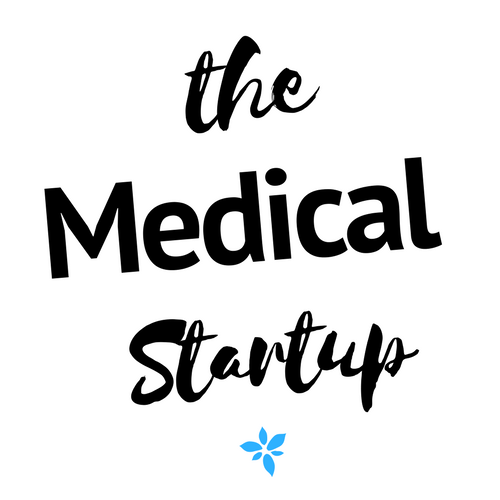How Co-Working Spaces Can Help You And Your Startup
First published June 2, 2016
Wondering what co-working is? We visited two major co-working spaces in Perth- Spacecubed, and its sister space Flux, to find out.
Co-working spaces are community spaces for working on and building your startup, sole trader enterprise, or scaling business. Spacecubed just held Australia’s first Mental Health Hackathon, MindHack. Its success means another MindHack is in the works!
Co-working spaces are also, by definition, a space for working with other businesses, at various stages of a business lifecycle and from a range of different industries. Startups and sole founders can be very isolated, and co-working helps to solve this problem. Membership flexibility allows businesses and sole founders to adapt as they require, and the space is built to facilitate networking and collaboration, as well as quiet -room working spaces and longer-term office leases.
Spaces tend to offer a rotating program of activities that can help its members, for example, SEO tutorials, legal advice, games events, pitching tips, and drinks. Some of these events may be open to the wider community.
Spacecubed offers packages including mentorship and legal advice for its members. Photo: The Medical Startup
Spacecubed Marketing Manager Matt Kirk kindly took us on a tour one Wednesday, showing us the varied office spaces, desks and personalities inhabiting Spacecubed over several floors. Home to startups across a range of industries, co-working helps members cross-pollinate ideas, resources and perspectives that they wouldn’t encounter otherwise . Having neighbours who are coders, engineers, designers, or copywriters from fintech, education, photography and even space tech, helps new connections and, potentially, new startups form. Mentor programs also run from many spaces.
Spacecubed, Perth. Photo: The Medical Startup
Hot-desking options allow members to meet and greet while working in different spaces. Office space for more established companies are also available for hire. Part-time and full-time memberships are on offer, and many spaces offer one-day or even free introductory rates. Packages at most co-working spaces exist to be flexible, starting from daily rates to monthly or even yearly memberships. Spacecubed also offer a day of free co-working at partner locations across Australia, and this helps foster connections between communities across the country.
Housed in the former Reserve Bank of Australia headquarters, Spacecubed has different floors for levels of quietness during work hours. Meetings can be held in a soundproofed former bank vault. And, further down the road at Flux, businesses can use the new maker labs with 3D printer, virtual reality lab, and prototyping materials – a first for co-working in Perth. Introductory packages are on offer to coincide with Flux’s opening this month.
A peek inside a demo office at Flux Perth. Photo: The Medical Startup
The other benefit of co-working spaces tends to be location. Both Spacecubed and Flux are situated along the CBD hub of St George’s Terrace. The area’s bank facades and glass windows are punctuated by shortcuts to some of Perth’s best bars and dining areas for business meetings and post-work meetups. I snuck over to the Print Room for a meeting, chomping kale salad while my colleague had a drink, and, later, The Apple Daily Bar & Eating House for a dinner catchup. (Melburnians, think Chin Chin with less queuing and a more Malaysian twist.) Perth’s startup scene may not be as well-known as Sydney and Melbourne, but its geographical isolation, strong education institutions and quiet beauty has helped it become a major player in Australia’s startup community.
For more details and to book a free tour, visitSpacecubed‘s and Flux’s websites.
